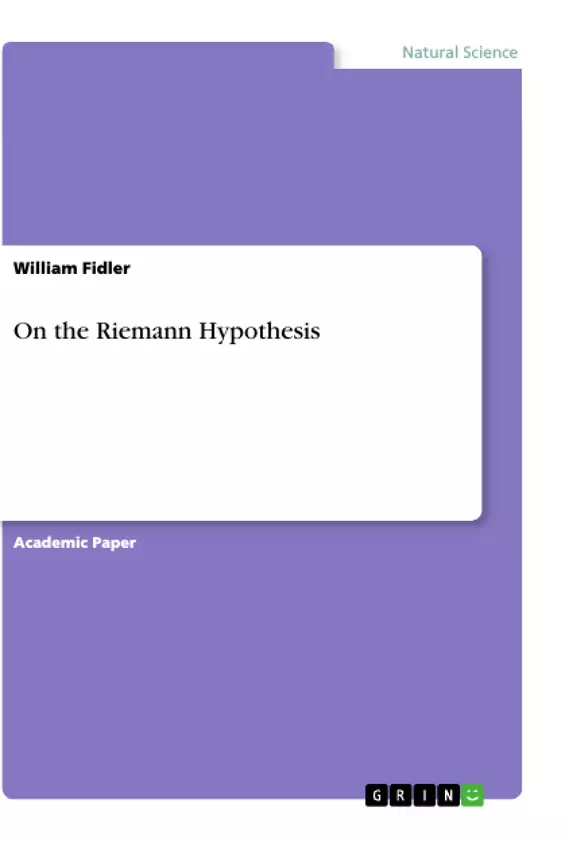It is demonstrated in this work that we may construct an infinite number of strips in the complex plane having the same 'dimensions as the Critical Strip and which are devoid of Riemann zeros except on the line of symmetry. It is shown that the number of zeros on each line is infinite, indeed, there is a Riemann zero at infinity.
It is posited that a form of the Riemann conjecture is verified in each strip. It is shown that each integer in the infinite set of the integers has an associated Riemann zero and that the imaginary parts of the complex number at which the zeros are located are proportional to the 'local' asymptote to the prime counting function. A connection between the prime counting function and the zeta function is established. A limited distribution of the Riemann zeros corresponding to their respective prime numbers is constructed and it is seen that, at least over this range, the two are correlated, albeit non-linearly.
It is demonstrated that the imaginary part of the complex number locating a Riemann zero may, for any integer that can be articulated, be obtained by a few keystrokes of a hand calculator.
Inhaltsverzeichnis (Table of Contents)
- Introduction
- The analysis
- The prime counting function
- The Riemann Hypothesis
- A Critical Strip at the trivial zeros
- The connection of the Riemann zeros to the prime numbers
- Discussion
- References
Zielsetzung und Themenschwerpunkte (Objectives and Key Themes)
The main objective of this work is to demonstrate that a form of the Riemann Hypothesis can be verified in infinite strips in the complex plane. The author argues that the Riemann Hypothesis has been mistakenly focused on the Critical Strip, which is deemed to be a "mathematical graveyard".
- The Riemann Zeta Function
- The Critical Strip
- The Prime Counting Function
- Distribution of Riemann Zeros
- Relationship between Riemann Zeros and Prime Numbers
Zusammenfassung der Kapitel (Chapter Summaries)
- Introduction: This chapter provides a brief overview of the Riemann Hypothesis, its importance in number theory, and the author's perspective on the Critical Strip. It emphasizes the author's belief that the focus on the Critical Strip has hindered progress.
- The analysis: This chapter introduces the Riemann zeta function and the Dirichlet eta function, detailing their properties and relationships. The analysis sets the groundwork for the subsequent exploration of Riemann zeros.
- The prime counting function: This chapter delves into the prime counting function, laying the foundation for understanding the connection between Riemann zeros and the distribution of prime numbers.
- The Riemann Hypothesis: This chapter discusses the Riemann Hypothesis, its significance, and the author's proposition of verifying a form of it outside the Critical Strip.
- A Critical Strip at the trivial zeros: This chapter explores the existence of other "Critical Strips" in the complex plane, suggesting that these strips may hold valuable information about Riemann zeros.
- The connection of the Riemann zeros to the prime numbers: This chapter establishes a direct relationship between Riemann zeros and the prime numbers, shedding light on the distribution of both.
Schlüsselwörter (Keywords)
The main keywords and focus topics of this work include: Riemann Hypothesis, Riemann Zeta Function, Critical Strip, Prime Counting Function, Distribution of Riemann Zeros, Prime Numbers, Complex Plane, Mathematical Graveyard.
- Arbeit zitieren
- William Fidler (Autor:in), 2021, On the Riemann Hypothesis, München, GRIN Verlag, https://www.hausarbeiten.de/document/993094


